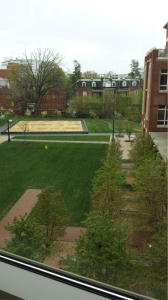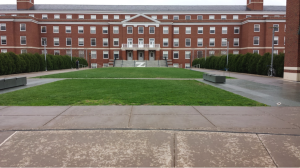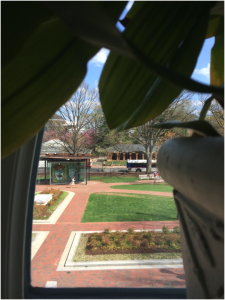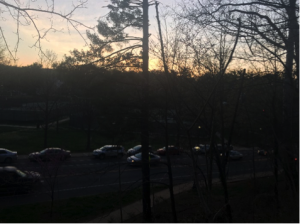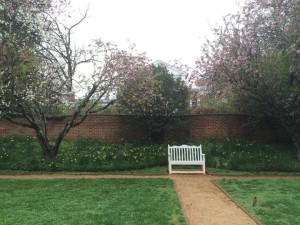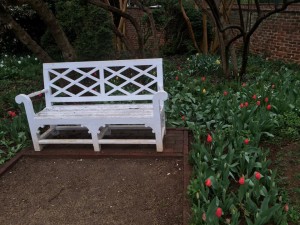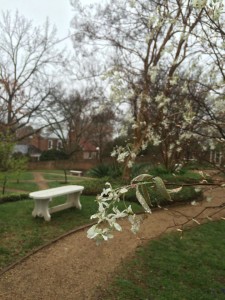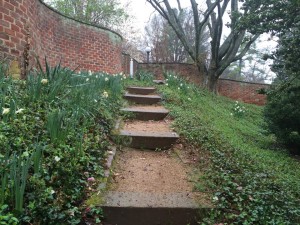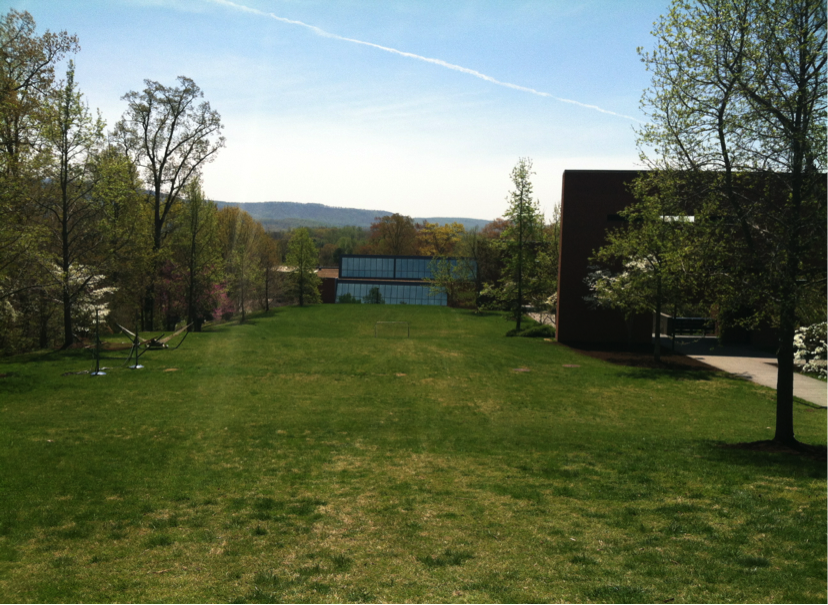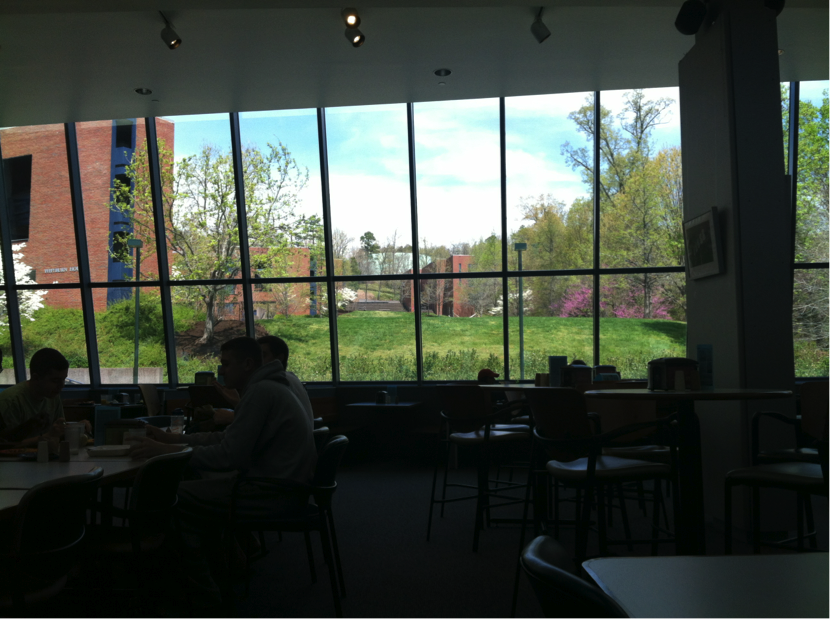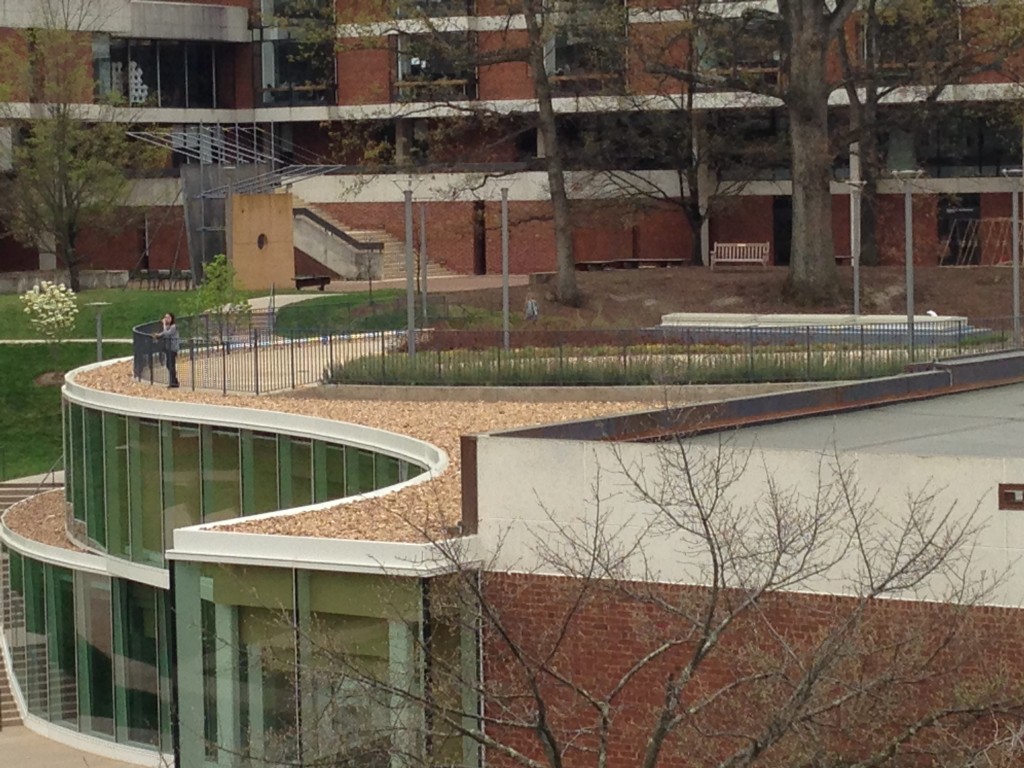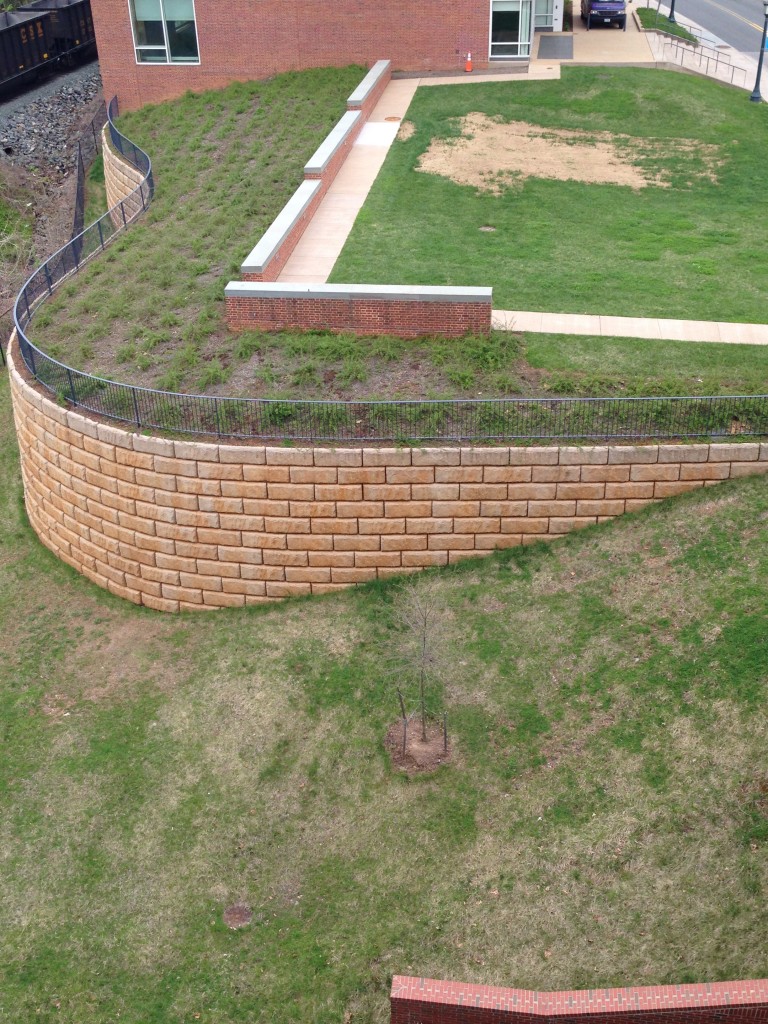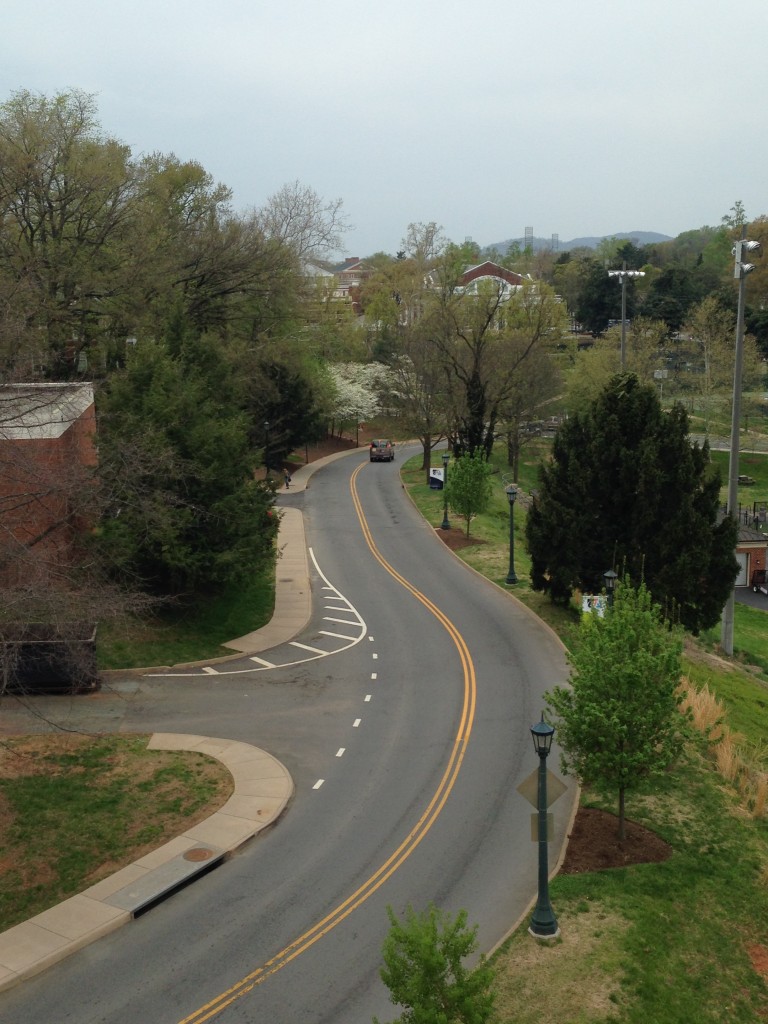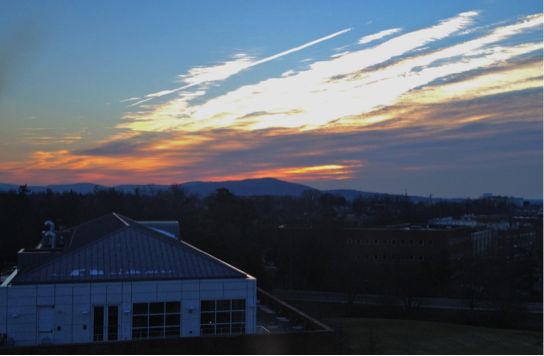One of the places that houses some of the best views for those that want to study is the relatively new Nau/Gibson Hall building. While the building branches out into two sides that house classrooms and meeting areas, the middle area is completely open with tables for anyone who needs a place to study. Large, open areas for studying are not new around grounds; many of the libraries have similar types of spaces. However, the thing that makes Nau and Gibson Hall so special is the easy access views of nature out of the front window.
When building this space, it is obvious that the architects thought about how it would be used and how a clear view of nature would enhance it. The entire façade of the main entrance of the building is made of glass which allows plenty of natural light to enter and allows for views of nature from every angle. Some may argue that this nature is a little too trimmed and maintained to constitute as “wild,” but the fact that there is such a prevalent push to be able to see trees and grass is definitely a step in the right direction. Even the meeting rooms and offices around the side of the building make a point of having plenty of windows in every room.
On the top of the three stories, there is also a glass wall on the back side of the building that opens onto a land bridge that crosses Jefferson Park Avenue. It is also obvious that nature was integrated as an important part of this bridge, because just after you step out of the third floor you can get a great view of the land bridge. Because of this, the third floor seems to be one of the most sought out spaces to study as well – I have regularly seen it filled with people. It offers the most natural light and views from both sides while still being a fairly quiet and suitable place to do work.
Every time I have walked through Nau or Gibson Hall, almost every study table has been full, which is a testament to how much people like to study there. I think that it is in part because of these views of green spaces and the ability to see out onto a natural space (there could also be some natural attraction to the top floor because of the Urban Cliff Hypothesis). I can only hope that future university buildings offer the ample views that Nau and Gibson Hall give students.
Post by Brett Offutt
